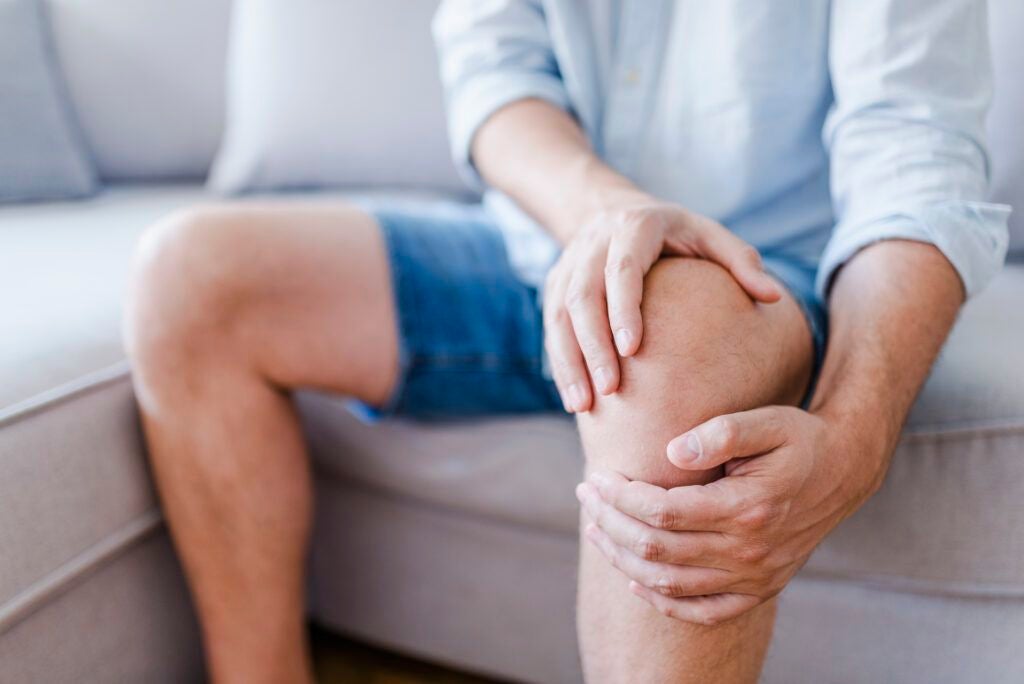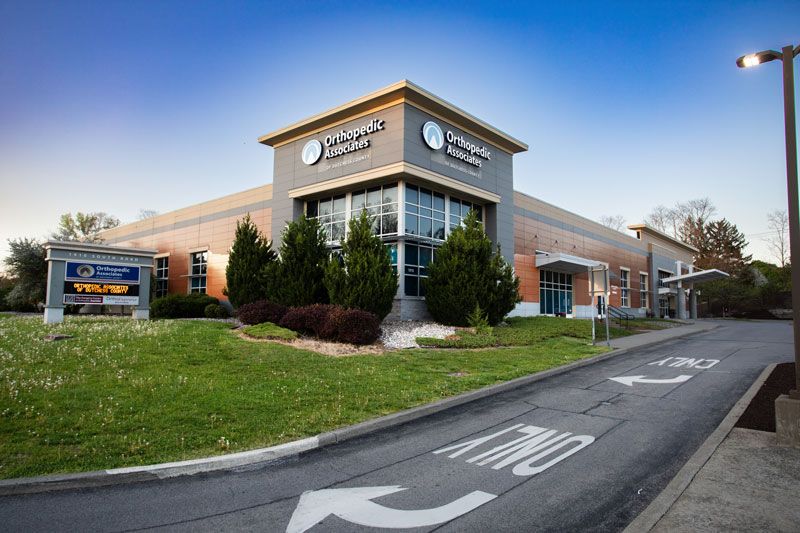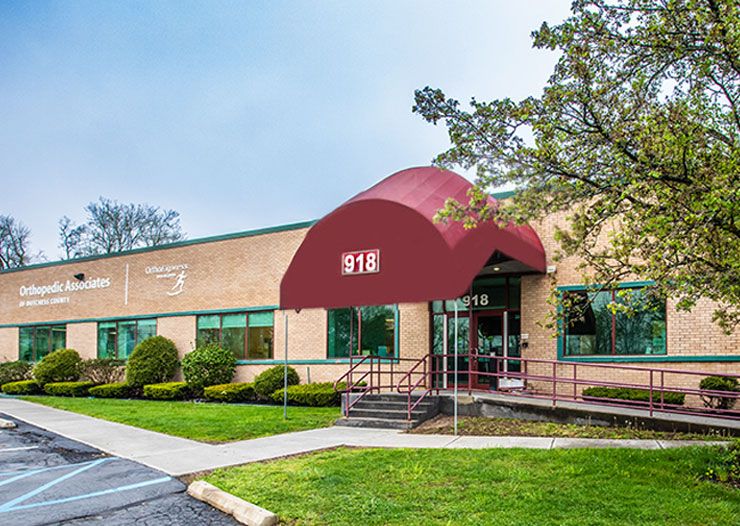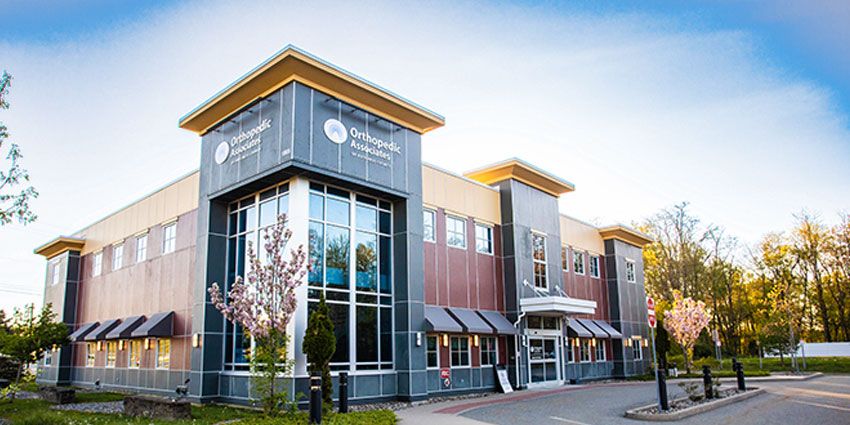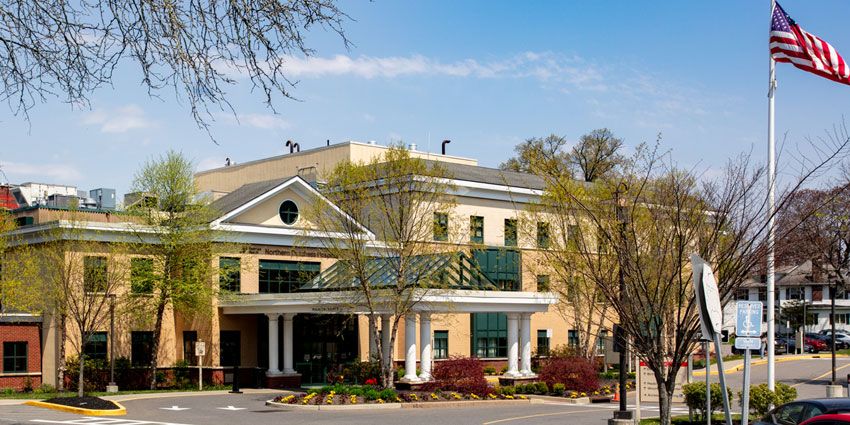Regenerative medicine, or orthobiologics, utilizes biomedical materials from a patient’s own body to generate cells and rebuild diseased and damaged tissues. Three of the most common applications are Platelet-Rich Plasma (PRP), bone marrow aspirate concentrate (BMAC) injections, and prolotherapy injections which can relieve pain and promote healing for certain orthopedic conditions. Orthobiologics can help avoid or delay surgical intervention as well as be an adjunct to help improve surgical outcomes.
What are PRP, BMAC, and Prolotherapy Injections?
PRP injections use components of a patient’s own blood cells while BMAC injections are derived from a patient’s bone marrow. Both create a personalized treatment to quicken the natural healing process.
When faced with a soft tissue injury (such as in tendons and ligaments), the body’s first response is to deliver platelet cells. These cells are filled with healing and growth factors to help jumpstart the repair process and attract the help of stem cells.
Both injections exemplify the body’s healing efforts by delivering a higher concentration of these platelets through a simple injection.
Prolotherapy injections use therapeutic solutions containing dextrose, saline, and a numbing medication like lidocaine. These injected solutions (proliferants) cause local irritation with subsequent inflammation and tissue healing, resulting in enlargement and strengthening of damaged ligamentous, tendon and intra-articular structures. These processes improve joint stability, biomechanics, function and ultimately, decrease pain.
Benefits of Orthobiologics
There are numerous benefits to orthobiologics, including:
- Low-risk and minimally invasive: These injections are low-risk and minimally invasive. They can reduce pain and speed up healing with lower risks and costs than surgery.
- Conservative treatment option: This is a conservative treatment option for patients, including those who may not be candidates for surgery.
- There is no risk of infection or allergic reaction with PRP and BMAC Injections: As they are made up of the patient’s own blood or bone marrow, there is no risk of transmitting infection and a very low risk of allergic reaction.
- There are no additives or preservatives in PRP and BMAC injections: There are no additives or preservatives in these injections as they are solely made up from the patient’s own body.
- Reduced need for medications: Orthobiologics can also reduce or eliminate the need for opioids or anti-inflammatory medications.
- Beneficial for patients of all ages: Orthobiologics can be beneficial to patients of all ages.
- Supported by clinical trials: While regenerative medicine is still considered ‘experimental’ by the FDA and typically not covered by insurance, there are numerous clinical trials showing its efficacy.
Conditions Treated by Orthobiologics
Biologics are used for various purposes in orthopedics, including:
- Ankle sprains
- Anterior cruciate ligament (ACL) injuries
- Chronic plantar fasciitis
- Golfer’s elbow
- Hair loss
- Joint pain
- Osteoarthritis of the knee, shoulder, hip and spine
- Pulled muscles
- Rotator cuff tears
- Tendonitis (including Achilles tendonitis)
- Tennis elbow
What Should I Expect with Orthobiologics?
These injections are quick in-office procedures. Your physician will work with you on pre- and post-procedure protocols to optimize your results.
For PRP therapy, a sample of the patient’s blood will be drawn, then spun at high speeds to separate the platelets from other components. The PRP is then injected into and around the point of injury using ultrasound-guided technology, which provides increased accuracy and enhanced effectiveness of the treatment.
For BMAC injections, the procedure is similar except as it is from bone marrow, local anesthesia will be used.
The entire procedure takes less than an hour, including recovery time, providing pain relief without surgery or hospital stays. Some patients experience complete relief after the first injection, with maximum efficacy about 4-6 weeks out. However, if the benefits wane after a few months, we can offer a second injection which often boosts the response, creating synergy with the initial injection.
Depending on your situation, it might be appropriate to start with a PRP injection and follow up with a BMAC later on.
For prolotherapy injections, therapeutic solutions are injected at sites of painful and tender ligament and tendon insertions, and in adjacent joint spaces.
Why Choose Orthopedic Associates of Dutchess County for Orthobiologics?
- Highly-Trained Orthopedic Surgeons: At OADC, we have a group of highly-trained orthopedic surgeons with years of specialty surgical training experience to perform the injections.
- Utilization of Latest Equipment: We have researched the best methods and utilize the latest equipment to provide the best results for our patients. For example, we use the best centrifuge machines that can harness the greatest number of platelets once the blood is drawn. The more platelets that we can deliver, the greater the potential healing benefits.
- Convenience: We offer orthobiologic services at multiple locations, making it convenient and accessible for patients.
PRP injections use components of a patient’s own blood cells while BMAC injections are derived from a patient’s bone marrow. Both create a personalized treatment to quicken the natural healing process.
When faced with a soft tissue injury (such as in tendons and ligaments), the body’s first response is to deliver platelet cells. These cells are filled with healing and growth factors to help jumpstart the repair process and attract the help of stem cells.
Both injections exemplify the body’s healing efforts by delivering a higher concentration of these platelets through a simple injection.
Prolotherapy injections use therapeutic solutions containing dextrose, saline, and a numbing medication like lidocaine. These injected solutions (proliferants) cause local irritation with subsequent inflammation and tissue healing, resulting in enlargement and strengthening of damaged ligamentous, tendon and intra-articular structures. These processes improve joint stability, biomechanics, function and ultimately, decrease pain.
There are numerous benefits to orthobiologics, including:
- Low-risk and minimally invasive: These injections are low-risk and minimally invasive. They can reduce pain and speed up healing with lower risks and costs than surgery.
- Conservative treatment option: This is a conservative treatment option for patients, including those who may not be candidates for surgery.
- There is no risk of infection or allergic reaction with PRP and BMAC Injections: As they are made up of the patient’s own blood or bone marrow, there is no risk of transmitting infection and a very low risk of allergic reaction.
- There are no additives or preservatives in PRP and BMAC injections: There are no additives or preservatives in these injections as they are solely made up from the patient’s own body.
- Reduced need for medications: Orthobiologics can also reduce or eliminate the need for opioids or anti-inflammatory medications.
- Beneficial for patients of all ages: Orthobiologics can be beneficial to patients of all ages.
- Supported by clinical trials: While regenerative medicine is still considered ‘experimental’ by the FDA and typically not covered by insurance, there are numerous clinical trials showing its efficacy.
Biologics are used for various purposes in orthopedics, including:
- Ankle sprains
- Anterior cruciate ligament (ACL) injuries
- Chronic plantar fasciitis
- Golfer’s elbow
- Hair loss
- Joint pain
- Osteoarthritis of the knee, shoulder, hip and spine
- Pulled muscles
- Rotator cuff tears
- Tendonitis (including Achilles tendonitis)
- Tennis elbow
These injections are quick in-office procedures. Your physician will work with you on pre- and post-procedure protocols to optimize your results.
For PRP therapy, a sample of the patient’s blood will be drawn, then spun at high speeds to separate the platelets from other components. The PRP is then injected into and around the point of injury using ultrasound-guided technology, which provides increased accuracy and enhanced effectiveness of the treatment.
For BMAC injections, the procedure is similar except as it is from bone marrow, local anesthesia will be used.
The entire procedure takes less than an hour, including recovery time, providing pain relief without surgery or hospital stays. Some patients experience complete relief after the first injection, with maximum efficacy about 4-6 weeks out. However, if the benefits wane after a few months, we can offer a second injection which often boosts the response, creating synergy with the initial injection.
Depending on your situation, it might be appropriate to start with a PRP injection and follow up with a BMAC later on.
For prolotherapy injections, therapeutic solutions are injected at sites of painful and tender ligament and tendon insertions, and in adjacent joint spaces.
- Highly-Trained Orthopedic Surgeons: At OADC, we have a group of highly-trained orthopedic surgeons with years of specialty surgical training experience to perform the injections.
- Utilization of Latest Equipment: We have researched the best methods and utilize the latest equipment to provide the best results for our patients. For example, we use the best centrifuge machines that can harness the greatest number of platelets once the blood is drawn. The more platelets that we can deliver, the greater the potential healing benefits.
- Convenience: We offer orthobiologic services at multiple locations, making it convenient and accessible for patients.
Physicians
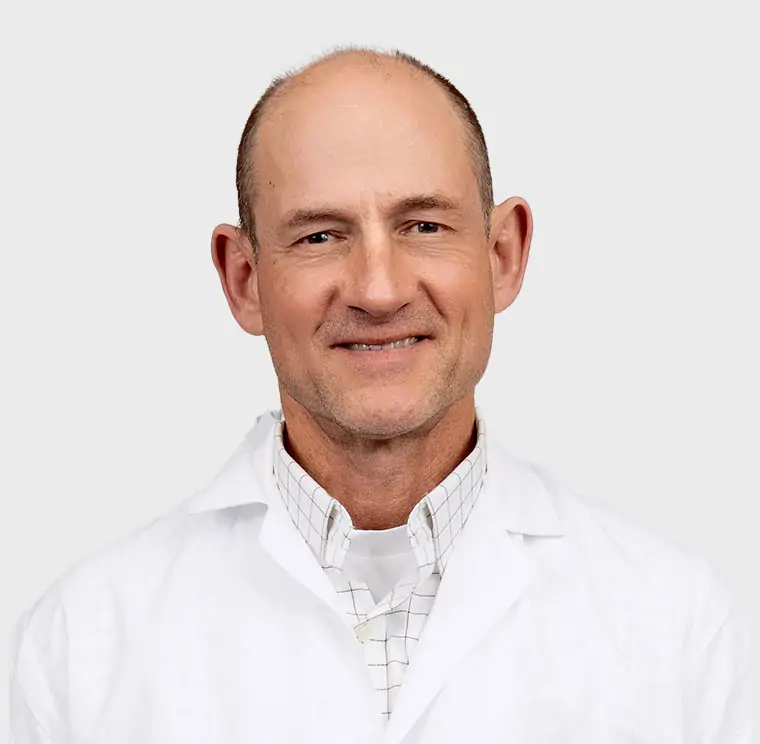
- Sports Medicine
Practicing in:
Poughkeepsie and Hopewell Junction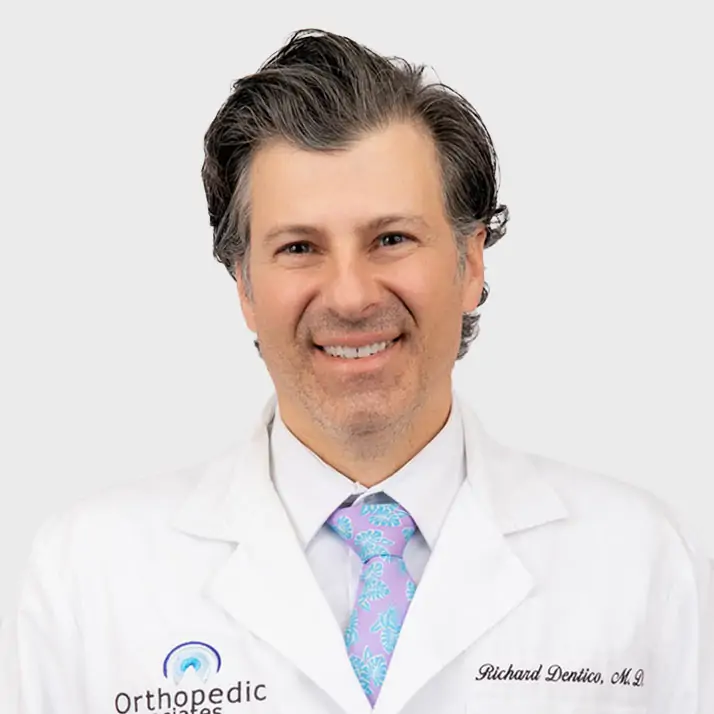
- Pain Management
- Spine
Practicing in:
Rhinebeck and Kingston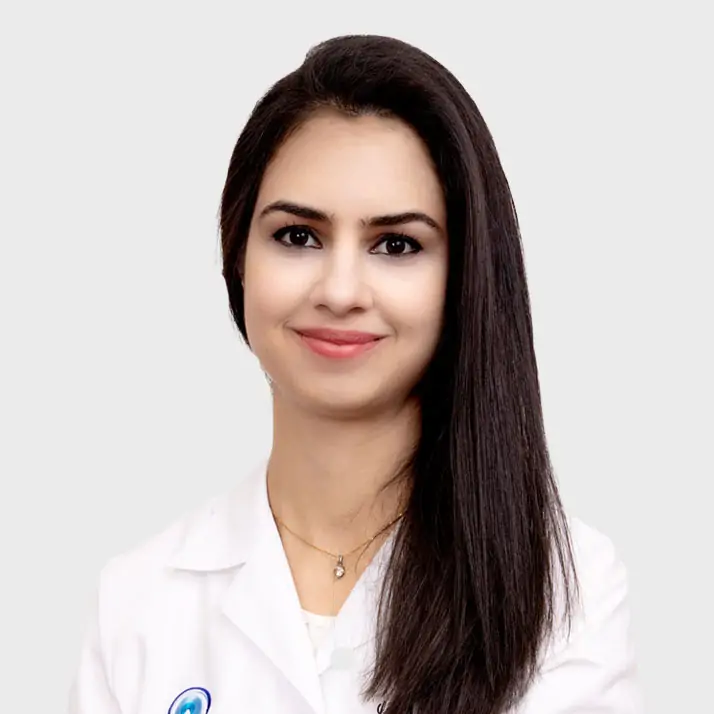
- Pain Management
- Spine
Practicing in:
Poughkeepsie, New Windsor, and Hopewell Junction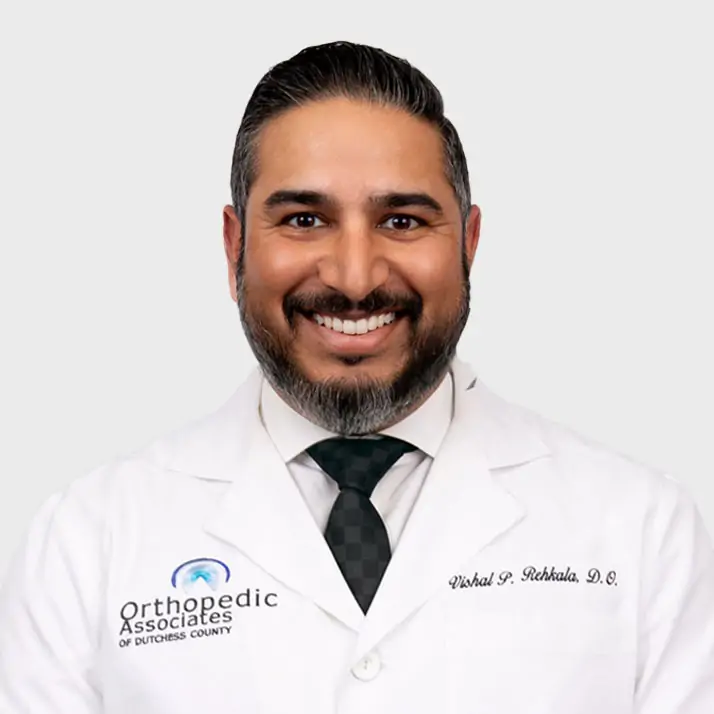
- Pain Management
- Spine
Practicing in:
Poughkeepsie, Hopewell Junction, and New Windsor

